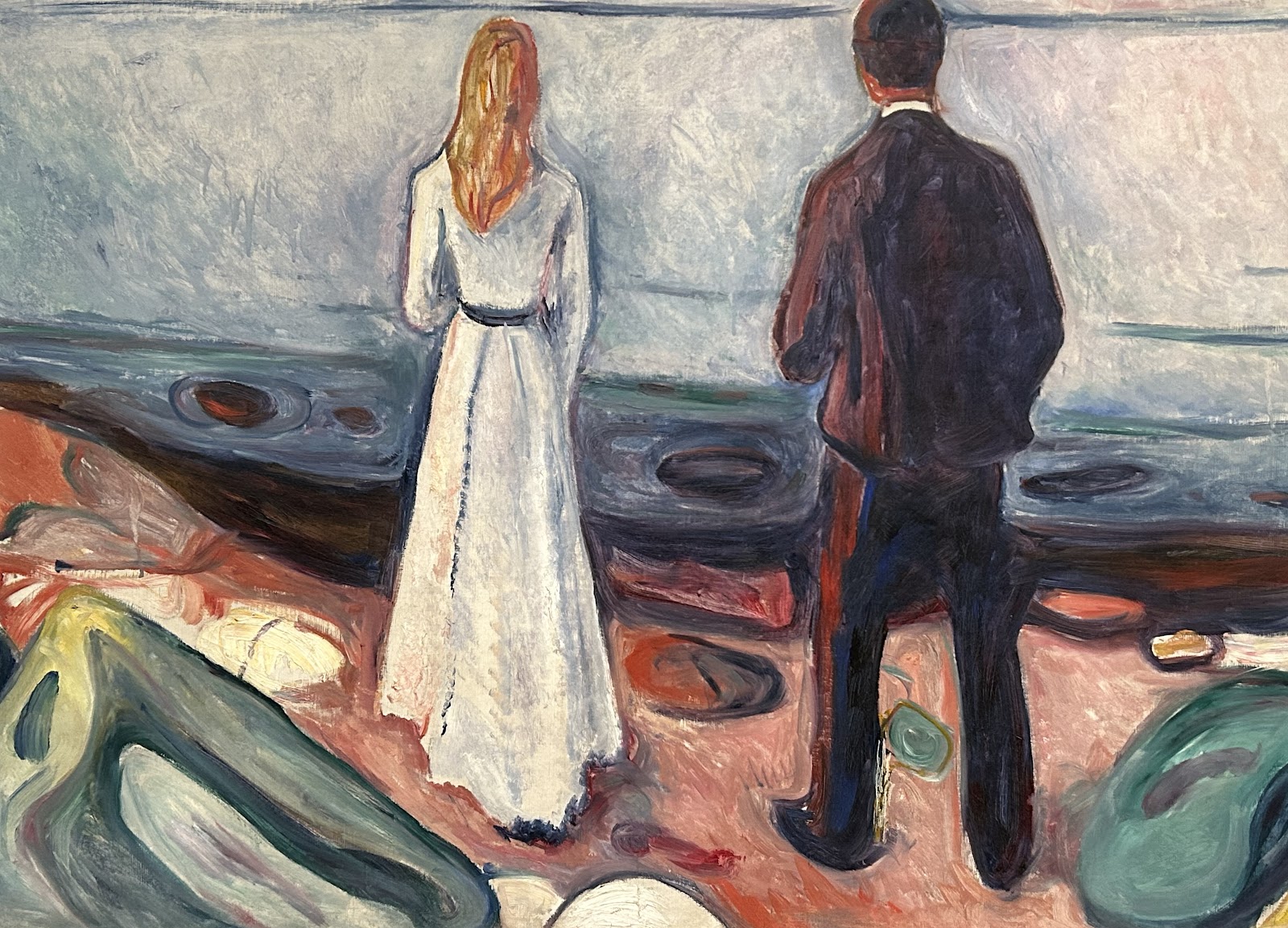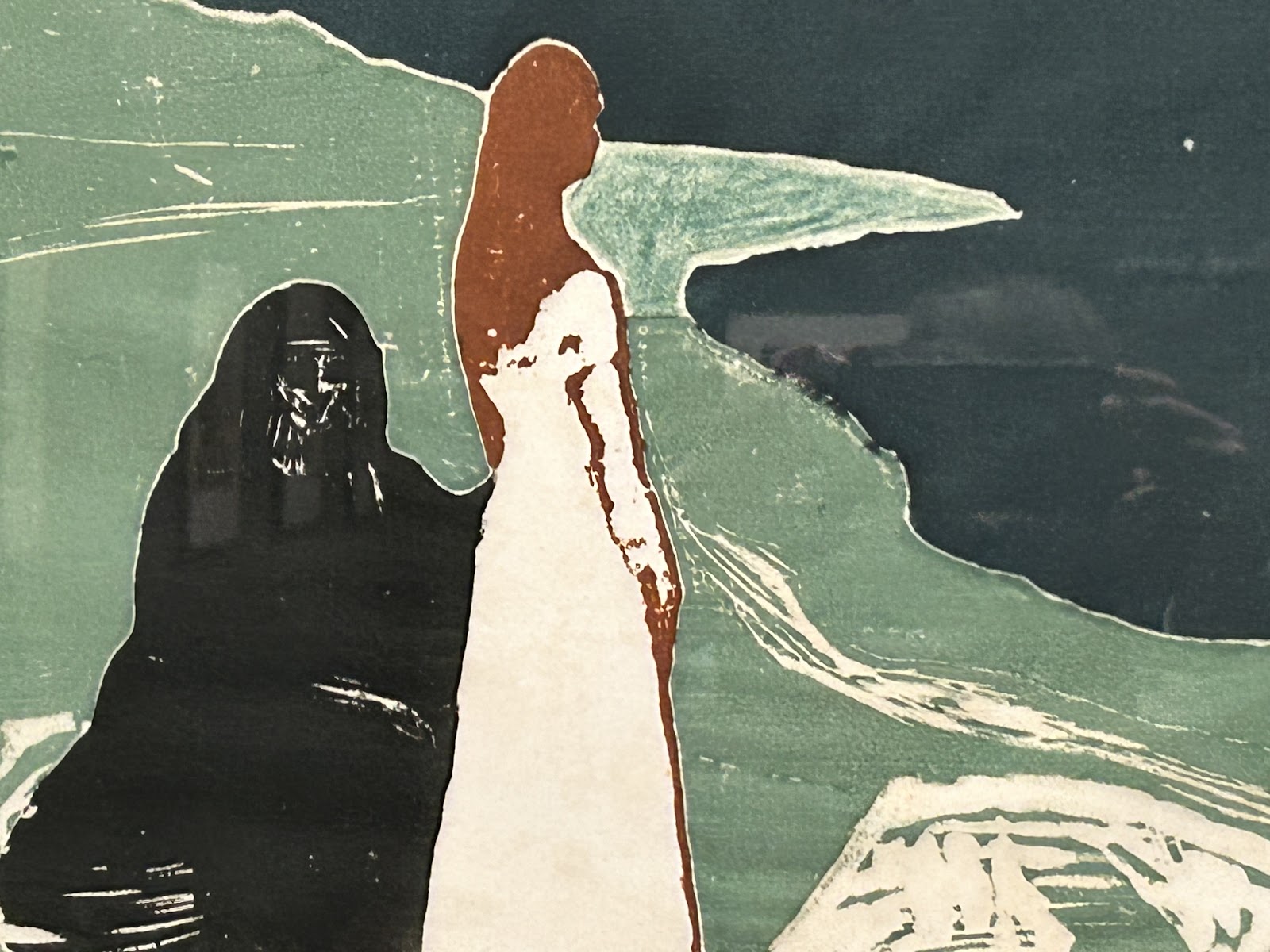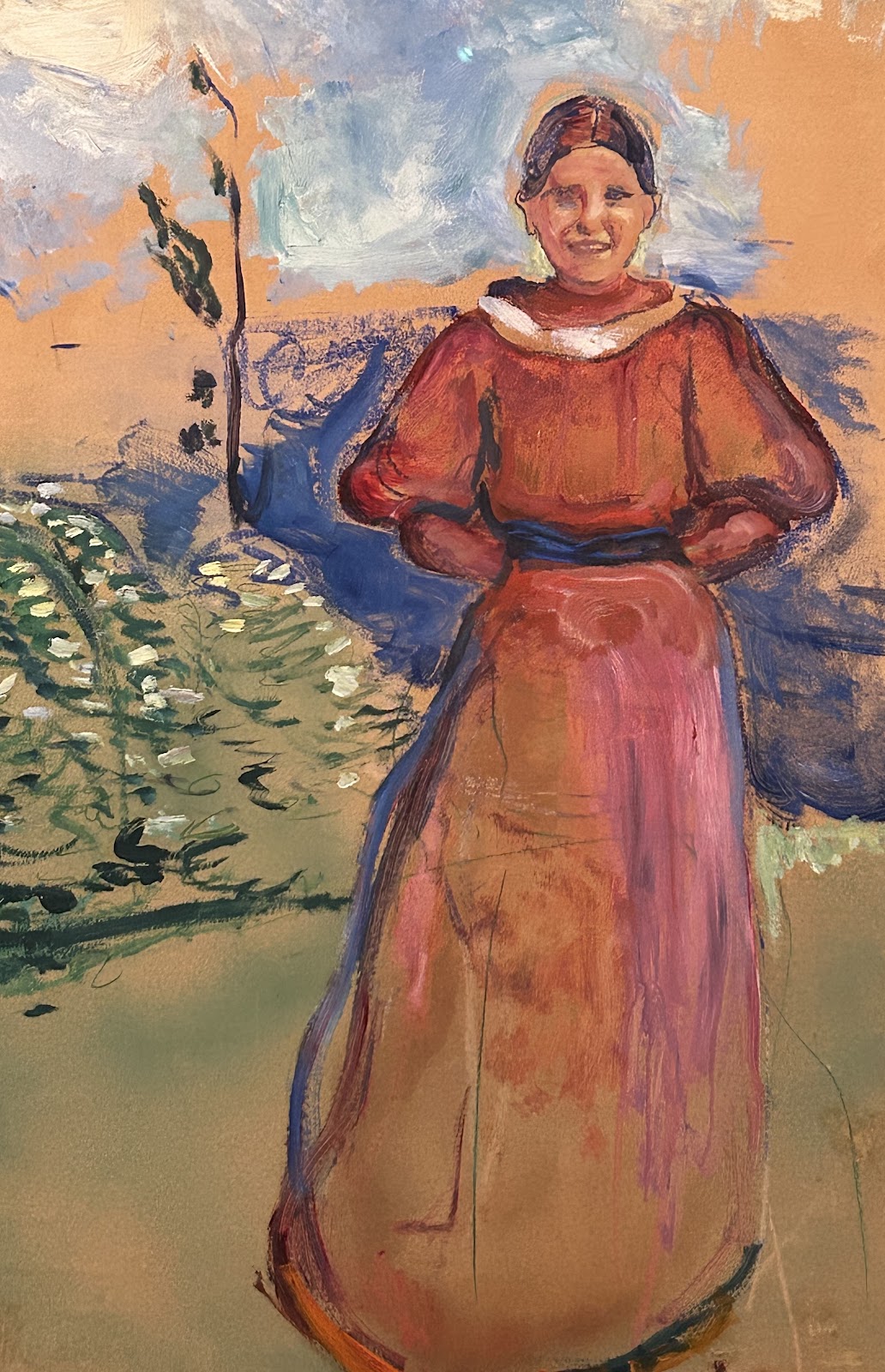The Quiet Librarian (2025)
By Allen Eskens
Mulholland Books, 305 pages.
★★★★★
The Quiet Librarian has been highly acclaimed and deservedly so. It is moving, tragic, and deceptively titled. Its main character, Hana Babìc, is indeed a cardigan-wearing cataloger living on a farm outside of St. Paul, Minnesota, but she’s so much more. Her colleagues like Hana and assume she prefers a quiet life, but even that’s not quite right.
This new novel from Allen Eskens takes us back to the 1990s when Yugoslavia dissolved and independent nations such as Bosnia-Herzegovina, Croatia, Macedonia, Serbia, Slovenia, and Srpska emerged. You might think that growing up Yugoslav would bind citizens no matter what flag they flew, but that’s not what happened. The former Yugoslavia exploded amidst sectarian violence defined largely by religion and ethnicity. Some of the worst violence took place in 1995, when Serbia (Eastern Orthodox) abruptly shelled Tuzla in Bosnia (Muslim), and killed 71 people; shortly thereafter the Serbs entered Srebrenica, rounded up more than 1,000 boys and men and slaughtered them. Eskens’ book is a work of fiction, but he adroitly revisits the sorrows of Bosnia thorough a powerful tale with teenager Nura Divjak as his foil. She grew up in a town of both Christians and Muslims, Serbs and Bosniaks. She attended a school that was primarily Serb, but few thought of her as a Muslim. Her little brother Danis’ played with a Serbian boy, Luka. In 1995, though, Bosnia and Serbia were at war and former neighbors Luka, Stanko, and Zorvic return to murder the Divjak family and burn down their home. Only Nura escaped by hiding in a crawlspace, though her arms were badly burned in the fire.
If you think the Serbs were brutal, they came to rue the wrath of Nura. She transforms herself as a veritable teenage Ninja to hunt down her family’s killers. At least that was the plan–before she becomes a spy and solider in a Bosniak unit. Such is her fierceness that she is known as “Night Mora” and a price is on her head. In Slavic mythology, Mora is a dark, beautiful woman who visits men in their dreams and then kills them. You might notice that “mora” is close to the English “mare,” as in nightmare.
Eskens employs an every-other-chapter structure of “Minnesota After Everything” and “Bosnia 1995 (or 1977or 1992).” So what’s all this have to do with a meek Minnesota librarian? Hana is drawn into her own nightmare when her best friend in the world, Amina, falls out of a window to her death. Or was she pushed? One witness says a man was at the window. Hana’s immediate concern, though, is for Dylan, Amina’s grandson, Dylan. Hana always promised to take care of him if anything happened to her. He is too young to remember his mother, who died six years earlier. It’s one thing to be a godmother in the abstract, but the independent Hana has never married and is vague on what raising a pre-teen means. Nor is she psychologically prepared to be drawn into an investigation led by Detective David Claypool.
As I have noted in other reviews, novelists often remind us that wars don’t simply end when a treaty is signed. (And isn’t it a pity that fiction writers understand this better than policymakers, generals, and conscience-challenged soldiers?) In a proverbial flash, Hana faces mourning, substitute motherhood, a creep who might have been Amina’s executioner, developing feelings for a detective, worries about her immigrant identity, and haunted by her own past. If you have read this far and are thinking romance, heart melted by a little boy, and being drawn into a world of violence, that’s not quite right either.
The Quiet Librarian is partly about trust, but it’s also a heart-pounding thriller, a mystery, and a hall of horrors. Don’t even think of trying to read this book leisurely; it’s more like a two-day obsession, a proverbial page-turner. I suspect this book will be optioned for a movie very soon, but shame on you if you watch the TV version or wait for the movie. If it’s not on the shelf, ask your local (yes!) librarian to score an interlibrary loan copy for you.
Rob Weir












